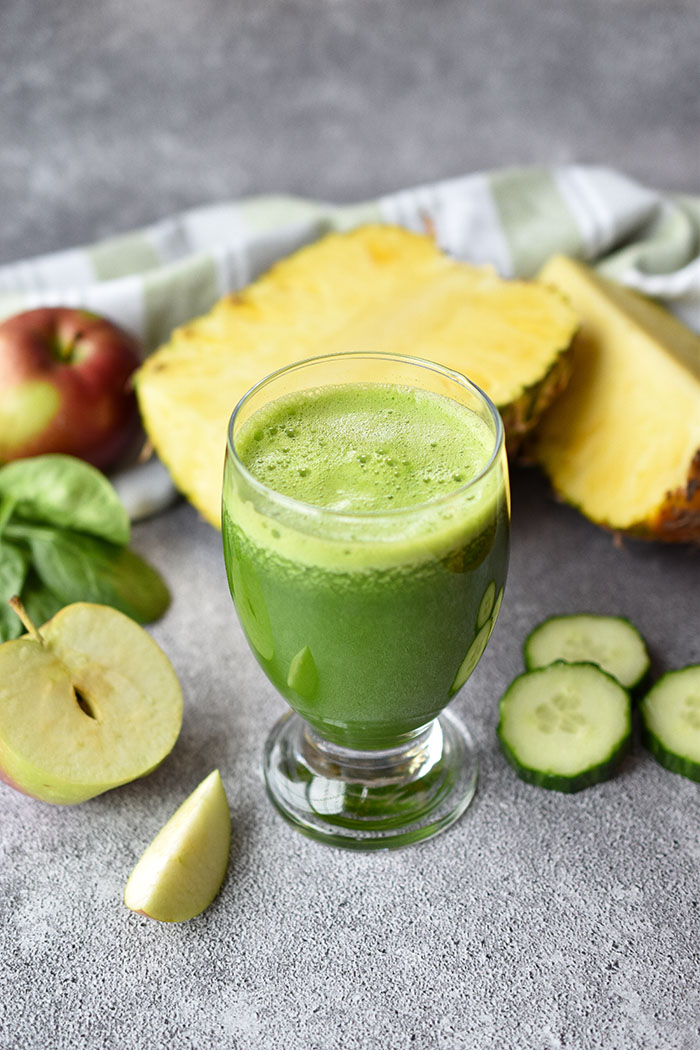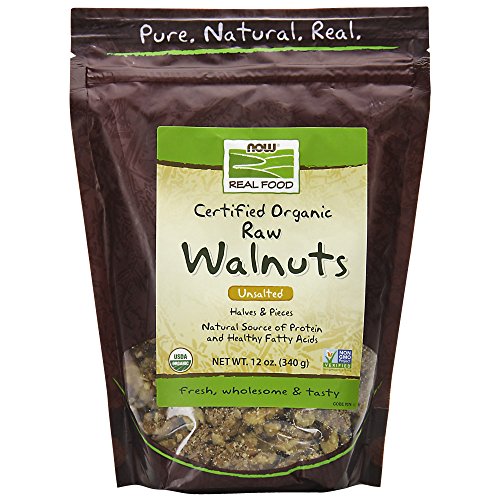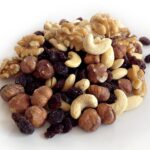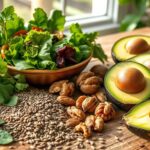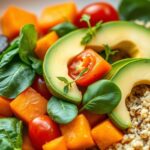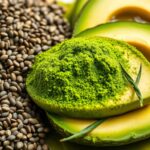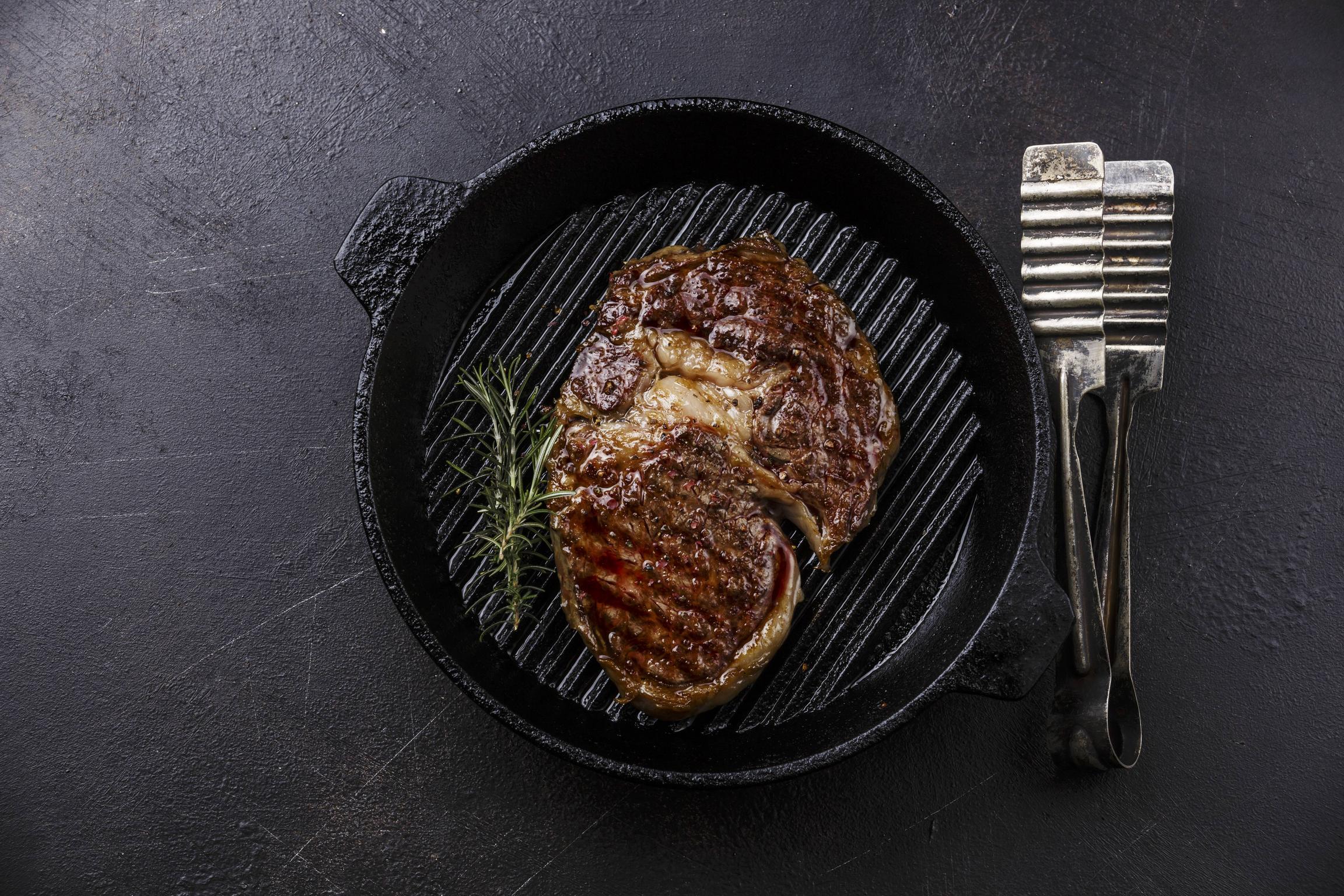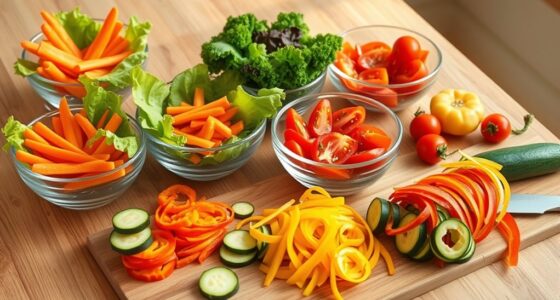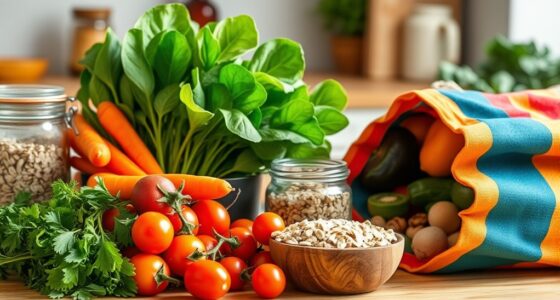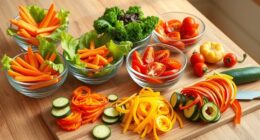Incorporating raw walnut pieces into your diet can provide numerous health benefits such as promoting heart health, improving brain function, and supporting digestion.
Walnuts are an excellent source of protein, dietary fiber and healthy fats. Furthermore, walnuts contain numerous antioxidants which may help combat free radicals and reduce inflammation.
| Nutrient (per 1 ounce, or 28 grams) | Raw Walnuts |
|---|---|
| Calories | 185 |
| Fat | 18 g |
| Saturated fat | 1.7 g |
| Carbohydrates | 4 g |
| Fiber | 2 g |
| Protein | 4 g |
| Omega-3 fatty acids | 2.6 g |
| Vitamin E | 1% DV |
| Magnesium | 11% DV |
| Phosphorus | 9% DV |
| Copper | 8% DV |
| Manganese | 11% DV |
Note that these values are approximate and may vary depending on the specific type of walnuts. Raw walnuts are a good source of healthy fats, including omega-3 fatty acids, which can help improve heart health and reduce inflammation. They are also a good source of fiber and important micronutrients such as magnesium, phosphorus, and copper. Raw walnuts can be enjoyed as a snack, added to salads or trail mixes, or used in baking and other recipes. It is important to consume walnuts in moderation, however, as they are high in calories and fat.
They Are a Good Source of Protein
Walnut pieces are an excellent source of protein, dietary fiber, fats and Omega 3 fatty acids. Plus they boast a comprehensive variety of vitamins and minerals. Furthermore, walnut pieces contain antioxidants that may reduce your heart disease and cancer risk.
They contain Vitamin E, an important anti-inflammatory that keeps skin healthy. Furthermore, they have a high level of biotin which strengthens hair and encourages its growth.
Raw walnuts can be eaten plain or combined with other ingredients for an array of treats. Try adding them to baked goods, oatmeal, yogurt or smoothies – they make for a delicious snack and add natural sweetness to meals.
Raw walnuts can be purchased in bulk at most grocery or health food stores. Having a supply on hand makes it simple to incorporate them into your meals throughout the day.
Maintain the freshness of your walnuts by keeping them in a cool location, according to Michigan State University Extension. Warm temperatures can cause the beneficial fats in walnuts to go rancid, so keeping them chilled helps maintain their freshness.
One ounce (14 halves) of English walnuts provides 185 calories, 18 grams of fat (including 2 grams saturated fat), 4 grams protein and 2 grams fiber. They’re also an excellent source of copper, manganese magnesium and phosphorus.
Walnuts contain alpha-linolenic acid, an omega 3 fatty acid not found in fish. However, this type of omega 3 may not be as bioavailable as DHA and EPA from seafood sources.
Accordingly, it is recommended to combine walnuts with other sources of omega-3 fatty acids in order to maximize the benefits from this nutrient.
It is best to limit your walnut consumption at once. Experts suggest no more than seven or eight nuts per day in order to get all the beneficial nutrients these nuts offer.
Walnuts are an excellent source of calcium, iron and potassium. Furthermore, their fats contain monounsaturated and polyunsaturated fats which may benefit your heart health. Furthermore, walnuts supply Vitamin B6 and thiamin, essential nutrients for brain and nervous system proper functioning.
They Are a Good Source of Dietary Fiber
Walnut pieces are not only a great source of protein and healthy fats, but they’re also an excellent source of dietary fiber. This is due to the abundance of soluble fiber found within them – which has been known to lower cholesterol and blood glucose levels.
Consuming enough fiber is important for your health. According to the US Dietary Guidelines, adults should aim for a daily intake of 25 grams for women and 38 grams for men; however, many Americans fail to meet these recommendations.
Increase your dietary fiber intake by eating more fruits, vegetables and whole grains. Furthermore, opt for high-fiber snacks throughout the day.
A high-fiber diet can aid in weight loss and enhance your health. Studies have linked fiber to a reduced risk of heart disease and cancer. Furthermore, it promotes gastrointestinal regularity while decreasing the likelihood of diverticular disease – a condition involving small pouches in your colon (Mayo Clinic, 2015).
Some food products contain added fiber to help people meet their daily fiber requirements. Examples of such items include cereal, granola bars, yogurt and ice cream.
Soluble dietary fibers can be found in apples, oats, legumes and fruit. They help slow food passage through your digestive tract and increase fecal bulk – which could reduce constipation risk.
Walnuts are an excellent source of alpha-linolenic acid (ALA), the plant-based omega 3 fatty acid. Furthermore, walnuts contain vitamin E which helps protect your cells from oxidative stress.
Studies have identified numerous health benefits of dietary fiber, such as increased feelings of fullness, less bloating and improved digestion. Furthermore, studies have linked an abundant diet with lower risks of diabetes, heart disease and certain cancers.
Insoluble dietary fiber can be found in nuts, seeds, beans and some vegetables. It primarily takes the form of cellulose, hemicellulose, lignin, mucilage and pectin.
Soluble dietary fiber can be mixed with water to form a gel that absorbs liquid in the intestine, making it easier to pass stool.
Adopting fiber into your diet is simple, but you may need to add more water to your meals or snacks in order to get the recommended amount. For instance, try drinking a glass of fruit juice and a cup of water before eating a meal that contains lots of fiber; this helps the fiber absorb liquid.
They Are a Good Source of Healthy Fats
Walnut pieces are a nutrient-rich food that can be enjoyed on their own or in many recipes. Furthermore, these nuts provide an abundance of omega-3 fatty acids, which may aid weight management and lower the risk for heart disease and cancer.
Protein bars, dietary fiber and healthy fats are packed full of benefits for your wellbeing. Plus they’re low in calories and packed with essential vitamins and minerals.
Walnuts also contain magnesium and phosphorus, essential minerals for cell and muscle function as well as heart health.
Walnuts also provide a healthy source of potassium and manganese, essential minerals that support strong bones and teeth. Furthermore, these essential minerals support a healthy nervous system as well as metabolism.
Walnuts not only supply essential minerals, but they are a good source of antioxidants and vitamin E as well. Furthermore, the fat found in walnuts has been classified as “healthy” due to its monounsaturated and polyunsaturated fatty acids content.
These fats have been known to lower bad cholesterol levels and increase good cholesterol, helping protect against heart disease. Furthermore, they act as anti-inflammatory agents and have a beneficial effect on blood pressure.
According to a study published in the Journal of the American Heart Association, adding walnuts to your diet can lower systolic blood pressure and total cholesterol. Furthermore, researchers discovered that eating nuts reduces inflammation levels within your body.
One ounce of raw walnuts provides 196 calories and is an excellent source of nutrition. They also contain healthy polyunsaturated fats as well as Omega 3 fatty acids which have been known to lower cholesterol levels.
They provide a good source of calcium and phosphorus. Furthermore, they contain iron and manganese.
It’s essential to remember that eating too many walnuts can lead to weight gain, so only consume a small portion per day.
Walnuts are an excellent source of copper and manganese, two essential nutrients for brain and eye development. Furthermore, they supply vitamin B6 as well as zinc.
They are a good source of Vitamin E
Raw walnut pieces are an excellent source of protein, fiber and essential vitamins and minerals that can be added to salads, casseroles and breakfast foods. Furthermore, they can also be used as an ingredient in desserts and other baked goods for extra nutrition.
Walnuts are an excellent source of Vitamin E, an antioxidant which shields the body against free radical damage. Furthermore, they contain phytonutrients which have been demonstrated to aid in inflammation reduction.
While most people get enough Vitamin E from their food intake, if you feel you may need to supplement with a supplement. When selecting a supplement, make sure it uses high-quality ingredients and is supported by scientific research.
Vitamin E can be found in a variety of food sources, such as vegetables, fruits, nuts and seeds, avocados, vegetable oils, wheat germ and fortified cereals. A single serving of raw walnuts provides 1.6 milligrams – half the daily recommended intake – while eating spinach provides another two milligrams.
Sunflower seeds are an excellent source of vitamin E. In fact, just one ounce of sunflower seeds provides 7.4 milligrams – more than half your recommended daily intake!
High-quality sources of Vitamin E include red bell peppers, pumpkin and canola oil. Furthermore, dark leafy greens like spinach or kale are excellent sources of this nutrient.
Walnuts, in addition to their healthy fat content, contain polyphenols – antioxidants and anti-inflammatory compounds that may prevent cholesterol oxidation that has been linked with cardiovascular disease and cancer. These polyphenols also aid in protecting against inflammation caused by cardiovascular disease or cancer.
These nutrients have also been known to reduce the risk of diabetes, improve insulin resistance and slow down aging. Furthermore, they could have beneficial effects on both gastrointestinal health and cognitive functioning.
To maximize the nutritional benefits of fruits, vegetables and whole grains, it is essential to eat a balanced diet with plenty of fruit, veggies and whole grains. You could also incorporate more plant-based proteins like beans or lentils into your meals; this will increase absorption of essential vitamins, minerals and antioxidants while decreasing caloric intake.
Ilana has been a vegan for over 10 years. She originally made the switch for health reasons, but soon found herself becoming more and more passionate about the ethical and environmental implications of a vegan lifestyle. Ilana is the author of The Graceful Kitchen, a blog all about veganism. She loves to cook up delicious and nutritious vegan meals, and share her recipes with others who are interested in leading a cruelty-free life. Ilana is also a strong advocate for using whole foods as the foundation of a healthy diet, and believes that going vegan is one of the best ways to achieve this.

